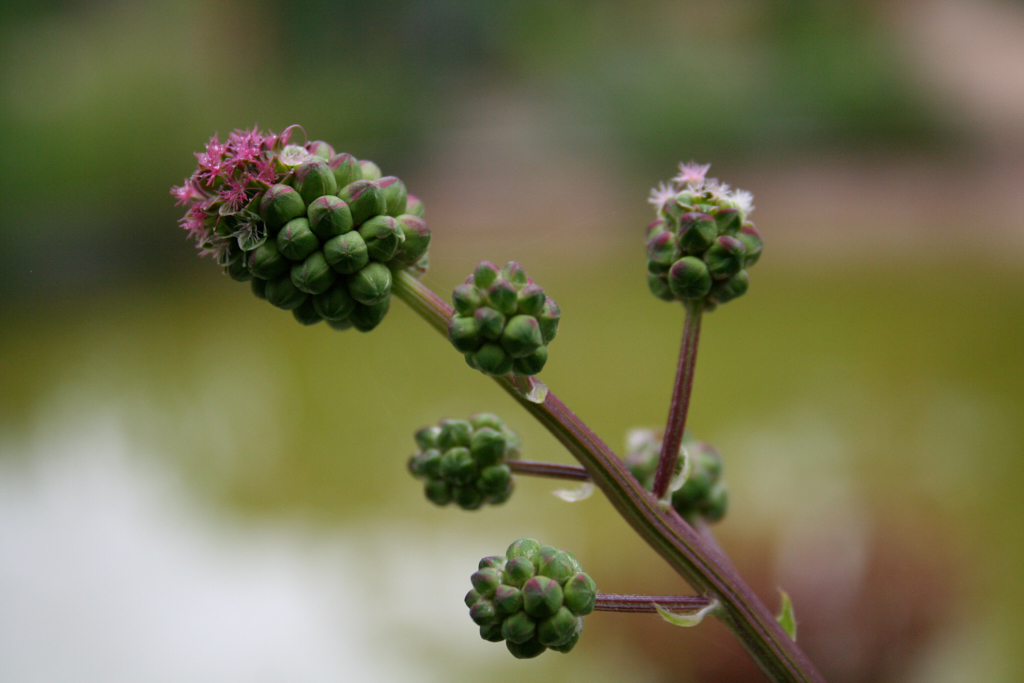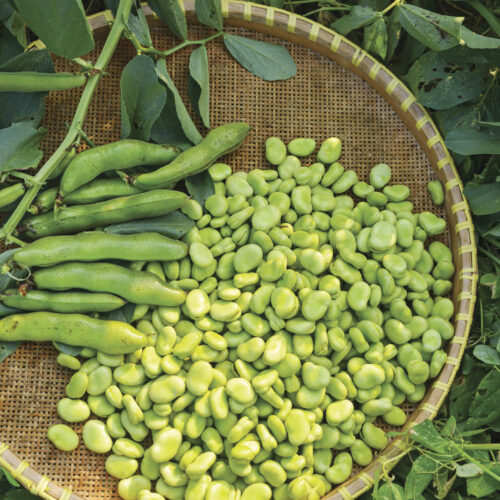Salad burnet
2019-12-07T04:00:54+11:00
Cucumber-tasting salad leaf and a cure for a drunkard's thirst, what more could you want? Well, this herb offers that and a whole lot more.
There is still time to plant a few more herbs in your garden, and one I recommend is salad burnet (Sanguisorba minor). A not well known, but useful small salad herb, it was highly regarded by many early herbalists and housewives. One writer suggested that “the leaves stripped into wine and droken, doth comfort and rejoice thee hart and are good against the trembling and the shaking of the same”, while another claimed that it was “a capital wound herb for all sorts of wounds both inward and outward”. King Chaba of Hungary was supposed to have cured the wounds of 15,000 of his soldiers by the application of the juice of burnet.
This herb is a perennial that grows in an attractive fountain-shaped clump. This growth habit makes it perfect as a border to edge a flower or vegie bed. The dainty, decorative soft green leaves are found in pairs along wiry, reddish stems and the tiny red flowers occur in globular green flower heads on the ends of other stems. The whole plant reaches a height of about 40cm before it flowers, while the flower heads can be as tall as 75cm. Flowers are wind pollinated, and self-sow readily in the right conditions.
Sow seeds in spring or autumn, either in a seed punnet or where they are to grow, and transplant or thin them out when they are a few centimetres high. Older plants don’t transplant well as they develop a strong tap root, but big clumps can be dug and divided into smaller ones, some of which will survive. Salad burnet prefers a slightly limey soil and will do better in a sunny position but will tolerate some shade and needs plenty of water in hot weather for the leaves to stay succulent. If you don’t use the leaves regularly then cut back the whole plant from time to time to encourage tender new growth.
As its name suggests, salad burnet is primarily a salad herb. The leaves have a subtle, cucumbery taste which is both cooling and pleasant. When the plant is young, whole leaf stems are picked and chopped with scissors into salads, sandwiches, soups and dips. As the plants age, the stems become more wiry, so strip the leaves from the stems before you use them. A handful of finely chopped burnet leaves combined with cream cheese, pepper, salt and thinned with a little cream, makes a delicious dip. Alternatively you can chop leaves directly into any green salad, or add whole sprigs to iced drinks or claret.
Salad burnet vinegar
Fill a jar with salad burnet leaves and cover with a good white wine vinegar. Seal and stand on a sunny windowsill. Strain after a few weeks and use this aromatic vinegar to make salad dressings (some of the finest French dressings are flavoured with burnet) or as part of a marinade.
A cure for drunkard’s thirst?
Finally, if you are prone to over imbibe, especially at this time of year, try pouring boiling water over a handful of salad burnet leaves, leave to cool, strain out the leaves and drink the liquid “as a cure for, or an alleviant of, drunkard’s thirst”.






